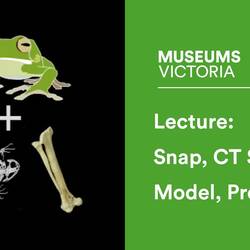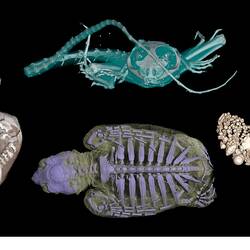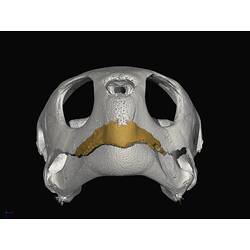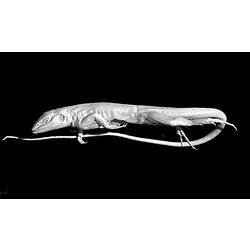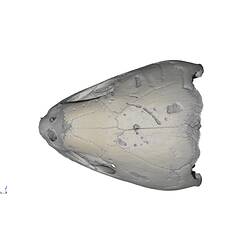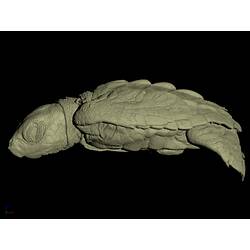Researchers at Museums Victoria are using three-dimensional X-ray computed tomography, or CT, of the museum's zoology and palaeontology specimens to address big questions in evolutionary biology. Lizards and frogs form a major component of this research as they are a unique and extraordinary component of Australian biodiversity and serve as important indicators of environmental change.
Museum staff are collaborating with Museums Victoria Research Associate Dr Christy Hipsley, ARC DECRA Fellow at Melbourne University. Dr Hipsley's work is supported by various funding agencies, including the Australian Research Council, University of Melbourne's School of BioSciences, and the Michael Mavrogordato Award for the Classification of Australian Animals.
Dr Hipsley has previously used CT techniques to answer various questions in evolutionary biology; such as how do lizards lose their legs, when did lepidosaurs (lizards, snakes, and tuatara) arise, under what circumstances do unrelated species evolve to look the same, and how do animals respond to aridification?
Researchers involved:
Dr Christy Hipsley: Research Fellow, School of BioSciences, University of Melbourne; Research Associate (Herpetology) Museums Victoria
Dr Jane Melville: Senior Curator of Terrestrial Vertebrates, Museums Victoria
Rocio Aguilar: Research Officer, School of BioSciences, University of Melbourne; Research Associate, Museums Victoria
Axel H. Newton: PhD Candidate, School of BioSciences, University of Melbourne
Ray M. Chatterji: PhD Candidate, School of Biological Sciences, University of Adelaide
More Information
-
Keywords
-
Authors
-
Article types
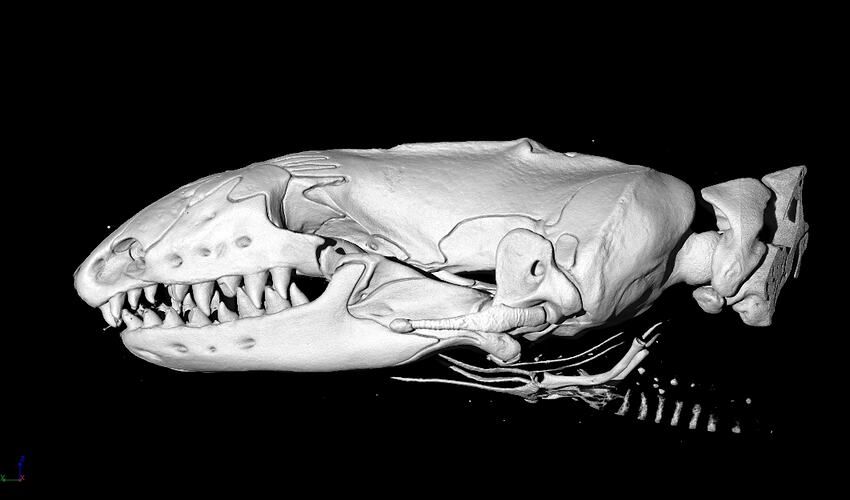
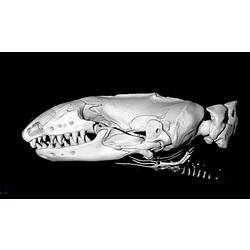
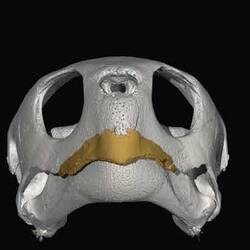

![<em>Ctenophorus fordi</em>,Mallee Military Dragon, image from a CT scan. [D73797]](/content/media/7/1087157-thumbnail.jpg)
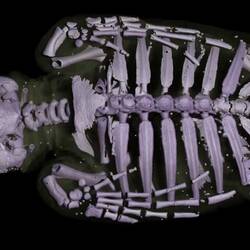
![<em>Ctenophorus fordi</em>,Mallee Military Dragon, image from a CT scan. [D73797]](/content/media/3/1087153-thumbnail.jpg)
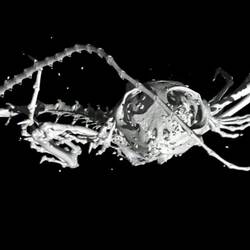
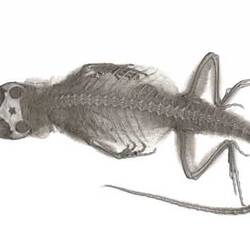
![<em>Ctenophorus fordi</em>,Mallee Military Dragon, image from a CT scan. [D73797]](/content/media/8/1087158-thumbnail.jpg)
